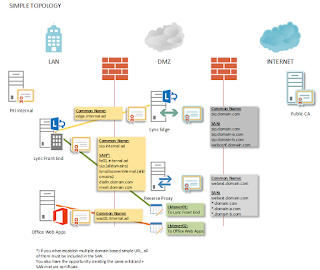ebook: Microosft Lync 2013 Unified Communications: From Telephony to Real-time Communication in the Digital Age
today I like to recommend a "non technical" book, written by my friend Daniel Valik. Lync 2013 is not all about technical knowledge, in Unified Communication we also need to come more closer to the business approach. We need knowledge about business process and financial consultancy ahead of any Lync deployment. With Daniels book it is possible to understand this areas and gain knowledge about this new areas we should be aware of ... Please have a look and drop us any feedback. http://www.packtpub.com/microsoft-lync-2013-unified-communication/book Cheers Thomas

